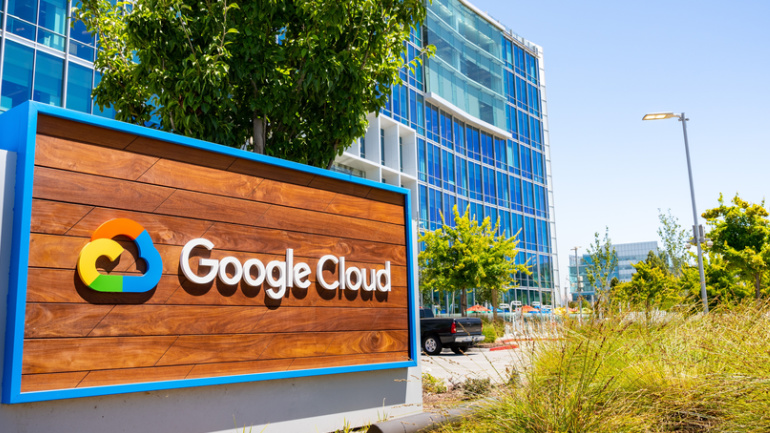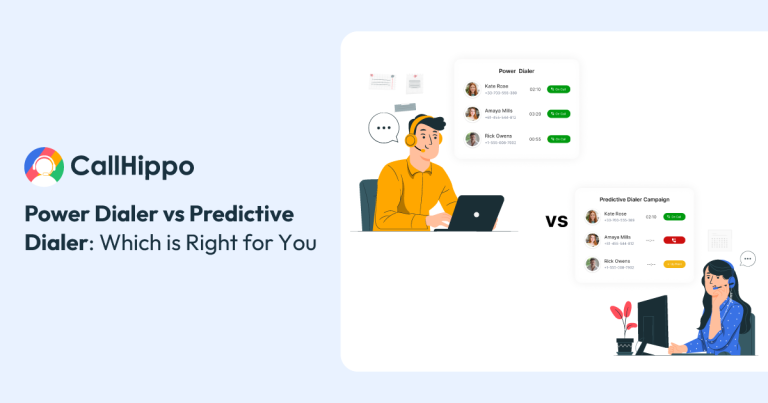
In an exciting enhancement of their existing collaboration, Ericsson and Google have unveiled plans to broaden their partnership with Google Cloud. This expansion will focus on producing an Ericsson Cloud RAN (Radio Access Network) solution, built on Google’s Distributed Cloud (GDC).
Named by Ericsson as an endeavour to “offer integrated automation and orchestration and leverage artificial intelligence (AI) and machine learning (ML) for communications service providers,” the aim of this partnership is clear from the outset.
Recently, an impressive demonstration was led by the partners at the Ericsson Open Lab, situated in Ottawa, Canada. This demonstration involved the full-scale execution of Ericsson’s vDU (virtualised distributed unit) and vCU (virtualised central unit) on GDC Edge, making use of a live network.
Evidently, GDC provides functionalities that extend to the fringe ends of the network, allowing virtual hardware and software to be readily transferrable to edge and enterprise data servers. With service providers stepping into the distributed cloud realm, new lanes are opened to access a range of Google Cloud services, including Vertex AI and Big Query.
The combination of these diverse functionalities will offer an enormous support to communication service providers (CSPs), making it inclusive by Ericsson’s own admission, “to control, inspect, configure, and optimise their RAN infrastructure.”
Mårten Lerner, Head of Product Line Cloud RAN at Ericsson, adds a layer of optimism to the ongoing collaboration. He proclaimed, “This partnership enables us to deepen and expand our valuable collaboration with Google Cloud, and it opens new opportunities for operators to utilise the benefits of cloud-native solutions and automation.”
The firm commitment from Lerner completes his statement with: “Ericsson remains committed to ensuring the adaptability of its Cloud RAN applications on diverse cloud infrastructures, offering operators enhanced flexibility and choice in deploying Cloud RAN as well as supporting the evolving hybrid cloud architectures together with Google Cloud.”
Indeed, this partnership is not new. Last year, Google Cloud and Ericsson cemented a relationship to develop 5G and edge solutions for CSPs. This alliance was formulated with the aim to unlock new enterprise and consumer use cases, which in turn was built on a previously established service partnership to fast track application migration through cloud-native, container-based solutions.
In conclusion, Ericsson and Google’s decision to expand their partnership not only creates new opportunities for operators but also continues to encourage and support innovation and adaptability within the realm of cloud-native solutions and automated systems. As the partnership evolves, it will be fascinating to see what future developments await the world of telecoms.



